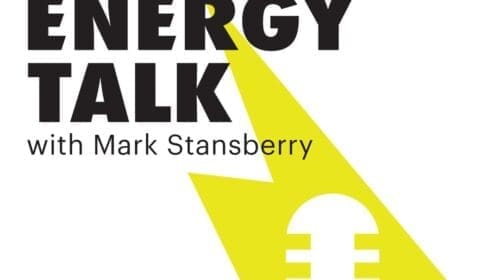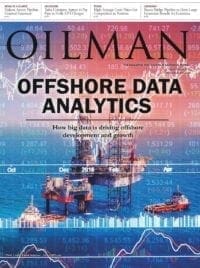In the book “Fueling Freedom,” authors Stephen Moore and Kathleen Hartnett White explain their views by addressing “the madness of the green war on abundant energy”:
- Why the idea of replacing fossil fuel energy with medieval technologies of wind, solar power, and biomass is a dangerous fantasy
- How recent technological breakthroughs have made our supply of oil and gas virtually unlimited, exploding the myth of ‘peak oil’
- Why the cruel green agenda will keep billions of people in grinding poverty and threatens the world – with massive starvation
- The value of the energy underneath federal lands and waters is at least $50 trillion
- With a pro-America energy policy, the U.S. should be energy independent by the year 2020.
In my book, “America Needs America’s Energy: Creating Together the People’s Energy Plan,” I stress similar points of view. However, I strongly emphasize that the book is dedicated to the proposition that we need to turn to new technologies, innovation, and the enduring American spirit that has enabled us to overcome every challenge this nation has faced since our founding, the goal of total energy independence can be achieved before it is too late. We are the ones who will have to do it, because our societal institutions have proven they are not up to the task. It is time to take a stand, evaluate your own impact to our nation, and play your part in preserving our country. Energy is the future of America, and America Needs America’s Energy.
It is time we come together: the U.S. has the immediate challenge of striving for energy independence but also, of providing global energy needs and security for others. The Global Economic Reality: America Needs America’s Energy and the World needs America’s Energy Know-How!
The average American uses five times more energy than the average global citizen. One study specifically links improvement in life expectancy, educational attainment, and per capita income to energy use.
As Chairman of worldwide operations of People to People International, I led an Operation International Children mission to Haiti in 2011. Upon first arriving, I met with representatives from the U.S. Embassy who provided me disturbing statistics about Haiti, statistics from within our own hemisphere: 70% of the population was unemployed, 70% were illiterate, life expectancy for men was 29 and for women age 30. A major concern was the lack of energy infrastructure which could dramatically change these statistics in a positive way. America energy “know-how” can greatly assist.
Therefore, by the world following our lead on energy, both global poverty and starvation can be greatly reduced.
The oil and gas industry touches our lives daily. Among the petroleum-based consumer products that Americans use daily include: antiseptics, asphalt, bottles, clothes, computers, contacts, deodorant, drinking cups, eyeglasses, plastics, shampoo, shoes, shaving cream, telephones, toothbrushes, trash bags, tires, vitamin capsules, and thousands of other products.
There are men and women taking great care in making sure—24/7—that the consumer has the necessary energy to maintain a standard of life. Energy is the future of America and America Needs America’s Energy! And the world is counting on us as well!
Mark A. Stansberry, energy advisor and corporate development strategist, has been a columnist and contributor for Energies Media since 2014. He is the author of America Needs America’s Energy: Creating Together the People’s Energy Plan and the host of the National Energy Talk podcast. Stansberry served as U.S. Senator Bartlett’s intern/staff member from 1975-76, and led Senators Bellmon and Bartlett’s State Youth Conference in 1976. Stansberry can be contacted through his website.










